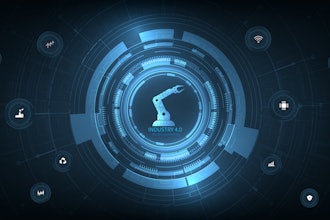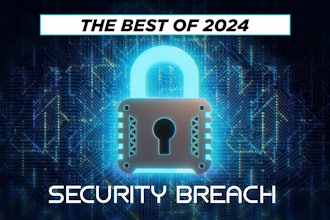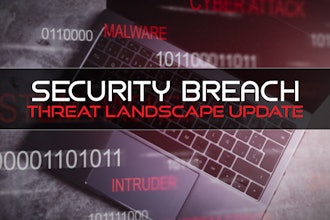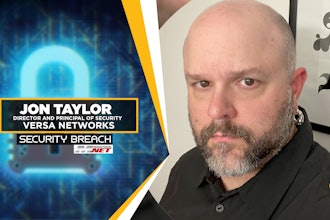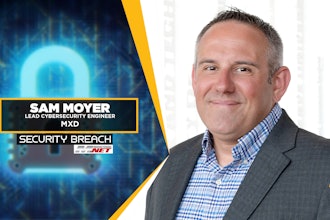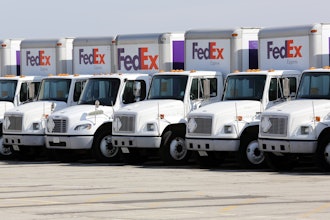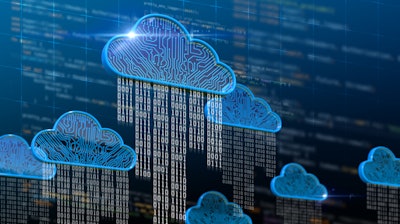
Manufacturers have been turning to multi-tenant cloud deployments for years because it offers greater scalability and cost-efficiency. While there are advantages to this deployment model, it also presents security challenges that require special attention. It’s critical for DevOps teams to understand these challenges in order to fully leverage the benefits multi-tenant cloud deployments offer.
Why Does It Matter?
Cloud multi-tenancy is a cloud computing concept where multiple tenants share a single software application or platform. In short, multiple users share the same physical infrastructure and resources, including servers, storage, and networks.
With the right security measures in place, cloud multi-tenancy can help manufacturers to increase efficiency, reduce costs, and optimize performance. Manufacturers need to consider, though, the potential impact of misconfigured applications, compromised systems, and malicious insiders who could exploit system vulnerabilities.
Therefore, it’s important for DevOps teams to have a secure deployment process in place. With that in mind, here are five potential security headaches, and how to resolve them:
1. Implementing secure access controls is critical to ensuring data isolation and protecting against unauthorized access in a cloud multi-tenancy environment. This can be a problem, though, because it's difficult to manage access permissions for a large number of tenants, each of which may have unique security requirements. This can result in improperly configured access controls, allowing unauthorized access to sensitive data. To increase access controls for cloud multi-tenancy:
- Implement strict authentication and access policies to ensure only authorized users can access sensitive data and resources.
- Use role-based access controls to limit access to sensitive data and resources based on the user's role and responsibilities.
- Implement network segmentation and access controls to isolate sensitive data and resources and prevent unauthorized access between different tenants and networks.
- Monitor and audit access to sensitive data and resources to ensure access controls are being enforced and unauthorized access is prevented. Alternatively, scanning tools can monitor your assets and prevent breaches.
2. Data isolation is a problem for cloud multi-tenancy because it is difficult to ensure data belonging to one tenant is not accessible by other tenants. To address this problem, cloud providers typically implement strict access controls and use virtualization and encryption to ensure that each tenant's data is isolated from others. However, these measures can be complex and difficult to manage, adding new security challenges.
To increase data isolation in a cloud multi-tenancy environment:
- Use virtualization technologies, such as virtual machines and containers, to create isolated environments for each tenant.
- Use encryption to protect sensitive data in transit and at rest.
3. It is difficult to ensure sensitive data is protected against unauthorized access and disclosure. Inadequate data protection can also violate data protection laws and regulations, resulting in significant penalties. To increase data protection in a cloud multi-tenancy environment.
- Conduct regular security assessments and penetration tests to identify and address cloud infrastructure and applications vulnerabilities.
- Develop and implement robust disaster recovery and business continuity plans to ensure your business can operate if a security incident occurs and recover quickly.
4. Audit logs are crucial for monitoring and tracking access to sensitive data in a cloud multi-tenancy environment. Because they generate large amounts of data, though, they must be carefully managed and analyzed to identify potential security issues. To implement effective audit log management strategies:
- Implement a centralized logging system to collect and store audit logs from all systems and applications.
- Use automated tools to monitor and analyze audit logs in real-time to identify potential security issues, such as unauthorized access or suspicious activity, and alert security teams to take action.
- Review and analyze audit logs to identify trends and patterns that may indicate security issues.
5. Resource utilization can impact the performance and reliability of the shared infrastructure, creating vulnerabilities that attackers can exploit. For manufacturers, inadequate resource utilization can lead to service disruptions and outages, resulting in lost revenue, reputational damage, and loss of customer trust. It can also make it difficult to ensure the security and integrity of sensitive data. To manage resource utilization in a cloud multi-tenancy environment:
- Use monitoring and management tools to track and monitor resource utilization in real-time to identify potential issues.
- Implement resource allocation and policies to ensure resources are used efficiently and effectively.
- Use automation and orchestration tools to manage and optimize resource allocation and utilization.
A multi-tenant cloud environment can be a valuable architectural asset, but as multi-tenancy increases, so does the need to stay diligent around security. These concerns include the potential for increased data breaches, the need for more robust access controls, and the challenge of managing security updates across multiple tenants. To address these security headaches, DevOps teams must proactively implement effective security measures and regularly review and update them to protect sensitive data.
Dotan Nahum is the Head of Developer-First Security at Check Point Software Technologies.












